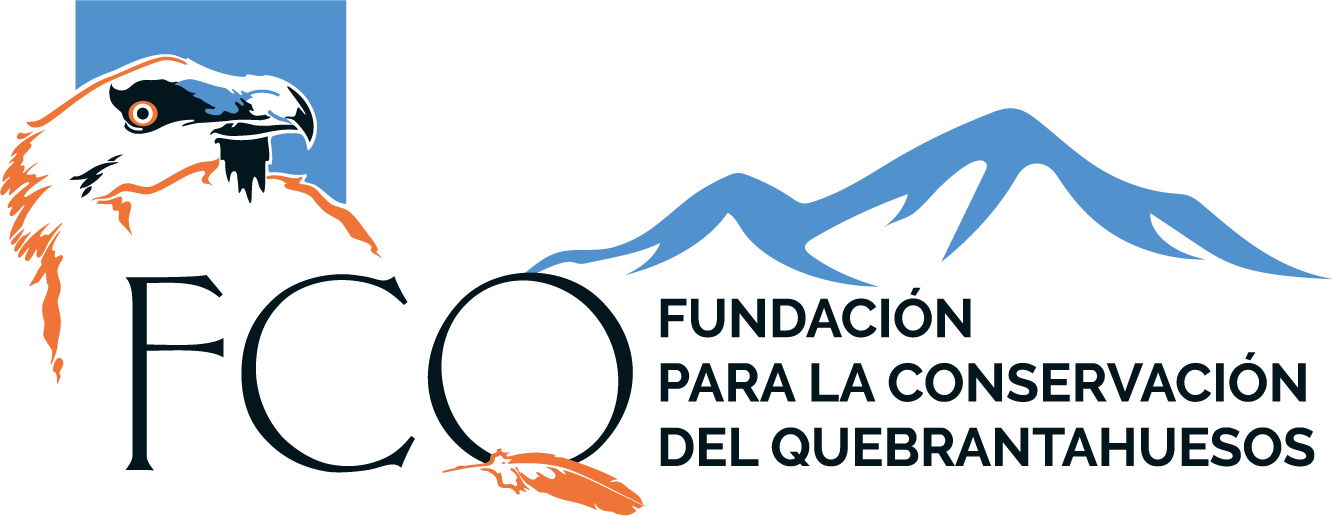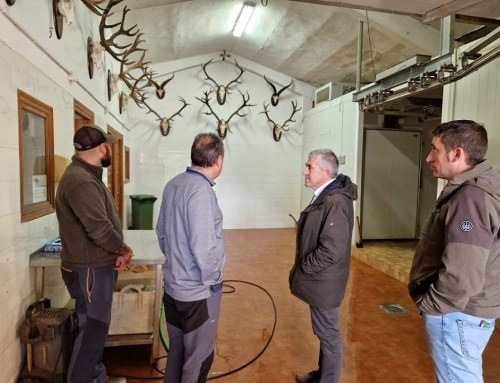
More steps towards mass extinction: each test lengthens the list of endangered species in the world.
Of the 5,850 new assessments, 1,305 varieties are at risk: three Spanish reptiles from the Canary and Balearic Islands fall into the “endangered” category.
In every test, biodiversity comes out badly. As scientists study more species of fauna and flora, they discover more and more endangered varieties. Of the 5,850 that have been assessed for the first time by the International Union for Conservation of Nature (IUCN), a quarter are under threat: 1,305 taxa have been added to the warning list since June 2024. The latest edition of the Red List published in its entirety this Thursday -the advance of a week ago revealed that the Iberian lynx was removed from the category of ‘endangeredhas examined 163,000 varieties of vertebrates, invertebrates, plants and fungi. The Union’s goal is to reach 260,000. The result is that 45,321 are under some degree of threat. This represents 28% of the total. However, knowledge is still very limited: only 8% of the described species (more than 2.1 million) have been evaluated. In the case of insects, the figure is only 2%, but for fungi it is even lower, at 0.5%. “There is a lot of work ahead for invertebrates and fungi,” admits the head of the IUCN Species Survival Commission, Jon Paul Rodriguez. Because knowing what’s out there and how it’s doing “is fundamental to setting conservation priorities,” adds NatureServe director Anne Browser. This update of the list shows that biodiversity is facing increasing pressures. From poaching to climate change to invasive species Grethel Aguilar – IUCN Director General The current biodiversity crisis – the loss of species and the ecosystems in which they live – is intimately linked to the way we humans are relating to nature. IUCN Director General Grethel Aguilar stresses that “this update of the list shows that biodiversity is facing increasing pressures. From poaching to climate change, to climate change to invasive species“.
Invasive snakes devour native lizards
It is precisely the snakes introduced by humans (mostly as pets) in the Canary and Balearic archipelagos that have caused three native Spanish reptiles to join the ranks of endangered species, as highlighted by the IUCN itself in its list. On the island of Gran Canaria, the and the mullet are being devoured by the Californian kingsnake. snake. This snake arrived on the island in 1998, in the ravine of Real de Telde, “due to the pet trade in pets. “due to the pet trade and subsequent escapes or releases,” describes the Ministry of Ecological Transition. Once established, it has caused populations of the lizard and mullet to plummet by less than half since 2014. In Ibiza, the horseshoe snake has caused the decline of more than 50% of the Pitiusas lizard. The snake landed on Ibiza in 2003 with the importation of olive and other fruit trees and only four years later it was already totally embedded in the ecosystem.
Accelerated rate of loss
The rate of species loss on the planet is accelerating, basically, because of “human activities,” as the Royal Society of London. Specifically, “land use, pollution or the introduction of biological invasions”. The Wildlife Index developed by the WWF organization has shown a severe decline in dozens of severe decline in tens of thousands of species populations since 1970.. To illustrate the relationship between humans and the loss of biodiversity in the world, it is sufficient to understand that the abundance of wild mammals in the world is declining. abundance of wild mammals has fallen by 85% since the since the appearance of humans on Earth through hunting and agriculture (in 10,000 years, one third of the forests have disappeared, most of them cleared to open up spaces for cultivation, as reported by World in Data of the University of Oxford). In this regard, the UN’s International Panel on Biodiversity (IPBES) has already explained that around one million species of animals and plants are in danger of disappearing, “more than ever before in the history of mankind”. The Centro Superior de Investigaciones Científicas also considers that “human interference in the natural functioning of the planet’s ecosystems has caused what is considered the sixth great mass extinction” -the fifth was recorded 65 million years ago and was the one that took the dinosaurs by surprise-. In fact, in the last century as many species have disappeared as would have become extinct in 10,000 years assuming a normal scenario, according to UN reports.
Plants, an ignored danger
Although animals, and especially mammals and birds, are the groups that attract the most attention, 60% of the threatened species on the latest list are plants. There are 27,000 endangered varieties. Among them, the IUCN highlights that 38% of conifer species (the pine and fir family) are threatened and up to 71% of cycad species. The conservation officer of the organization Botanic Gardens Conservation International, Kathryn Fowler, emphasizes that the Red List “includes thousands of assessments of trees” such as those on the island of Borneo, to understand that “their diversity provides habitats for birds and mammals that are in danger of extinction”. An ecosystemic interrelationship. However, Grethel Aguilar adds that the list “points to where the solutions lie”, which are “sustained, science-based and collaborative conservation actions, carried out on a sufficient scale”. With this formula, the scientist analyzes, “species can be pulled back from the abyss of extinction”. This is the positive message that the Union wanted to emphasize by choosing as an international example the case of saving the Iberian lynx. the case of the Iberian lynx.
Source:






